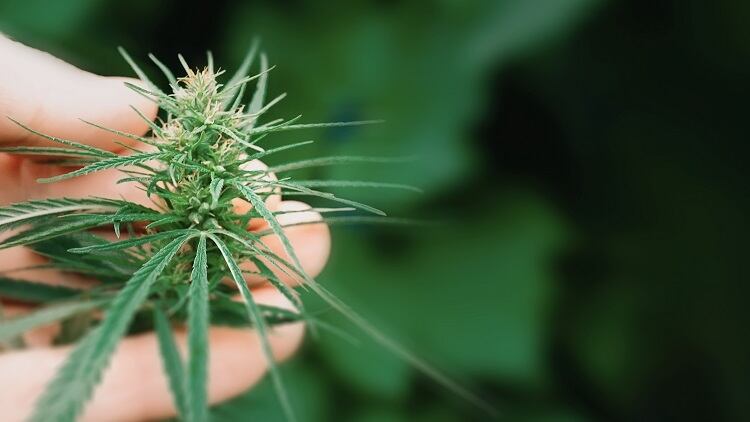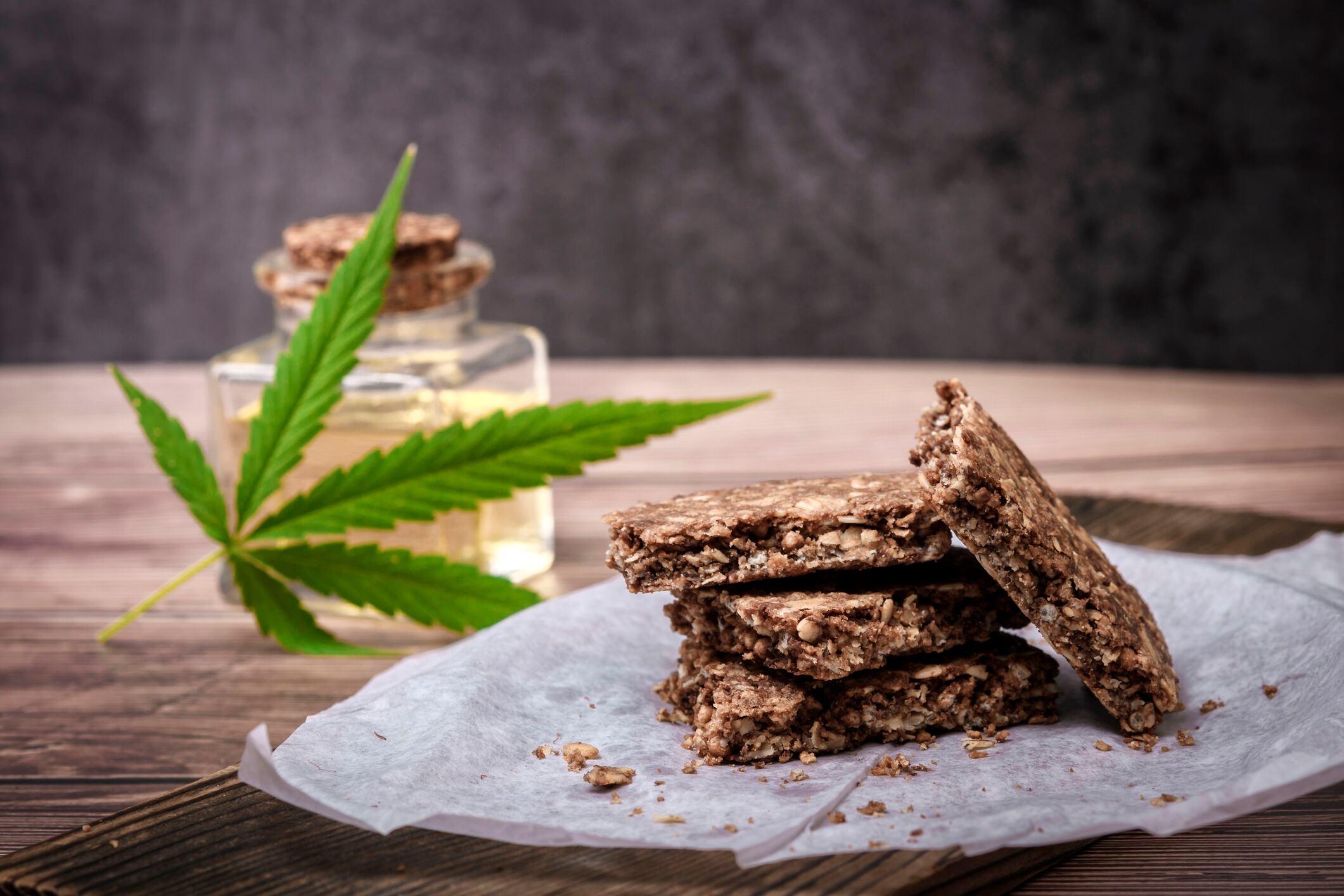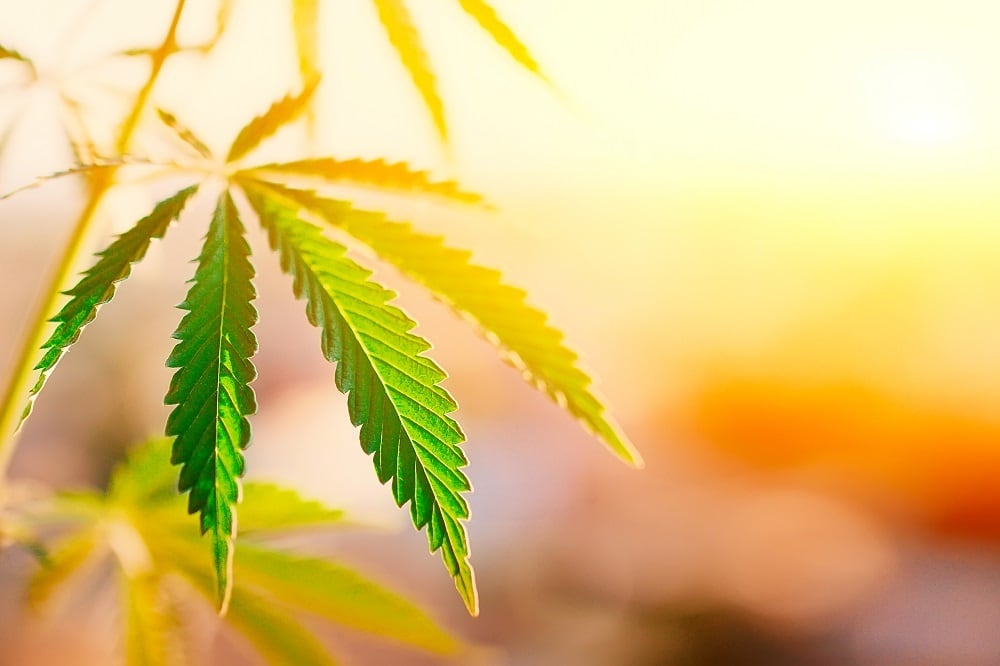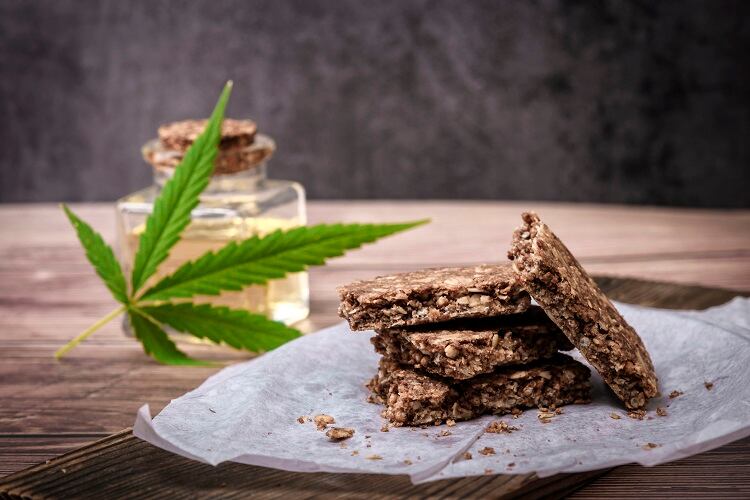The European Industrial Hemp Association (EIHA) is a Brussels-based membership organisation representing hemp farmers, producers and traders across the bloc.
Believing that the European hemp sector has the potential to speed up the transition towards a zero-emission, bio-based and sustainable economy – in line with the European Green Deal – the lobby group has published The Hemp Manifesto.
“Hemp is an impressive carbon sink: while the plant fixes CO₂ in the soil, thanks to its keep root system, its derived biomaterials further increase the overall capture balance of the crop,” writes EIHA of hemp’s sustainability benefits.
“One hectare of hemp can capture up to 13.4 tons of CO₂, making is as efficient as one hectare of tropical forest.”
Yet regulatory barriers in Europe are preventing the hemp sector from achieving its full potential, according to EIHA’s managing director, Lorenza Romanese.
“EIHA wrote the manifesto for policymakers,” she told FoodNavigator. “The Secretariat has sent it to the European Parliament, obtaining as a response around 15 meetings with MEPs to discuss our proposals.”
These include the restoration of the maximum delta-9-tetrahydrocannabinol (THC) level from 0.2% to 0.3%; for operators to be able to harvest, produce, and market products from the whole plant; and perhaps most importantly for EIHA, that hemp and hemp preparations containing cannabinoid content not be considered a novel food.
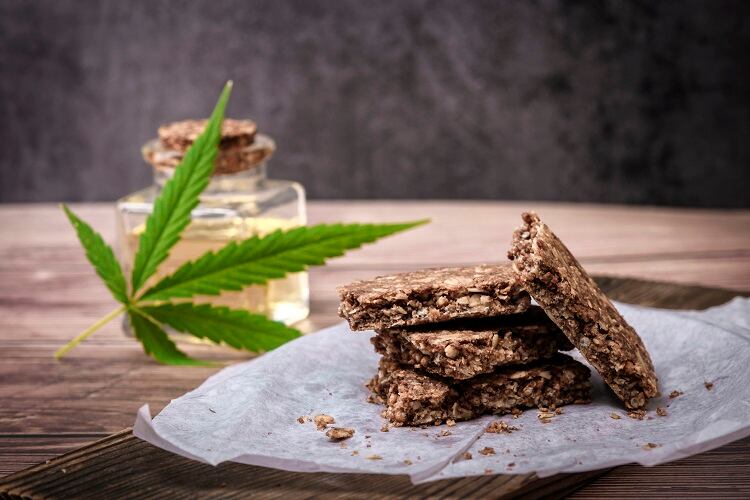
‘Hemp extracts have been consumed by people for decades’
Extracts of cannabis sativa L – including cannabidiol (CBD) – was added to the Novel Foods Catalogue in January 2019.
This means that products containing hemp extracts require pre-market authorisation from the European Food Standards Agency (EFSA), which is dependent on the completion of a full scientific dossier demonstrating safety.
As per EU definition, a Novel Food is a food that has not been consumed to a significant degree prior to 1997. On this point, EIHA does not agree.
According to the lobby group, historic evidence confirms that hemp extracts rich in cannabinoids, including CBD, were part of our diet for many centuries. As such, EIHA maintains that whole plant hemp extracts are not novel foods.
“We are fully engaged on the novel food issue,” Romanese told this publication. Indeed, EIHA is putting together a novel food application for EFSA and the UK’s Food Standards Agency (FSA), to support its 300-plus members.
“We have a lot of food companies at EIHA [66% of which are SMEs], if we don’t submit a joint novel food application for the whole sector, small- and medium-sized businesses will be particularly at risk.”
A ‘whole plant’ approach
EIHA’s stance on CBD’s inclusion on the Novel Foods register feeds into its position on using all elements of the hemp plant.
As of January 2019, there is ‘uncertainty about the upper part of the plant’, said Romanese, referencing the Commission and Member States’ decision concerning the plant’s flower, leaves, and extract.
“For me, the beauty of hemp is in the stalks, is in the leaves, and probably in the roots of hemp [as well]. The beauty of hemp is taking the plant as a whole – that is the key economic model Europe should perform.”
However, some Member States still forbid the use and marketing of leaves and flowers. “Giving operators the possibility to market all parts of the plant would reduce waste and maximise the profitability of the crop. This could result in higher incomes for farmers and other operators along the supply chain,” noted EIHA in the manifesto.
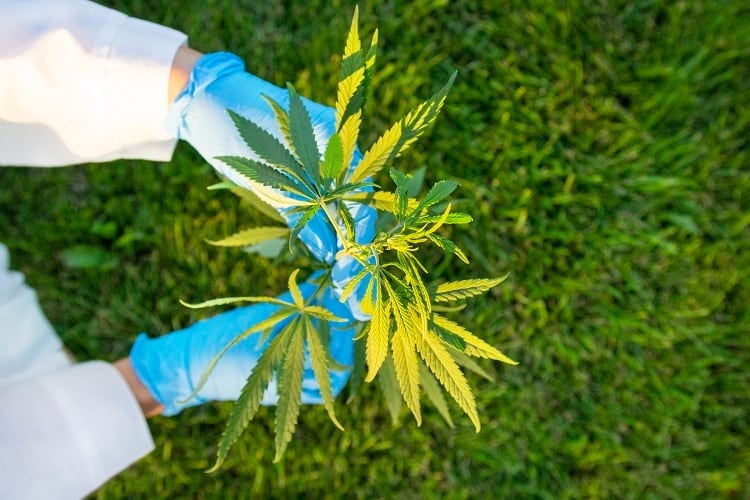
For the lobby group, the market is jeopardised because there is ‘no harmonisation at the Member State level’.
Romanese admitted she is perplexed by Belgium’s approach concerning the dried hemp flower (cannabis light). “Smoking the dried flower is not novel, but if you take the same part of the plant, compress it, and extract one drop of CBD, then that is considered a novel food.”
EIHA is campaigning for the use of the whole plant, without which, the sector could be compromised. “No flower, no hemp industry,” she reiterated.
Increasing maximum THC level in the field
Listed amongst EIHA’s proposals to the European Commission is the restoration of the maximum THC level to 0.3% (as had previously been the case in the EU), up from the current 0.2% limit. THC is the main psychoactive component of cannabis.
And now, while the Common Agriculture Policy (CAP) is under consultation by the European Council, is the time to push this message, according to EIHA.
As per the original Commission proposal on CAP Strategic Plans, the maximum THC content must be below 0.2%. Yet this limit across Europe restricts the choice of varieties for farmers, argues the trade association, meaning that the European hemp industry is at a competitive disadvantage against producers in other markets – where the maximum THC level can range from 0.3% to 1.0%.
Switzerland and Canada are two such countries with higher THC limits in the field. “We need to look at other examples,” Romanese told this publication. “Switzerland and Canada plant higher varieties and both have less strict controls on the field compared to EU farmers – in Europe, one-third of the field is taken out for the controls, while in Canada is it enough to examine the seeds.”
Ultimately, EIHA believes this modification would help align the sector with international standards and allow farmers to start breeding new and more adapted varieties – to satisfy both their own, and consumers’, needs.


